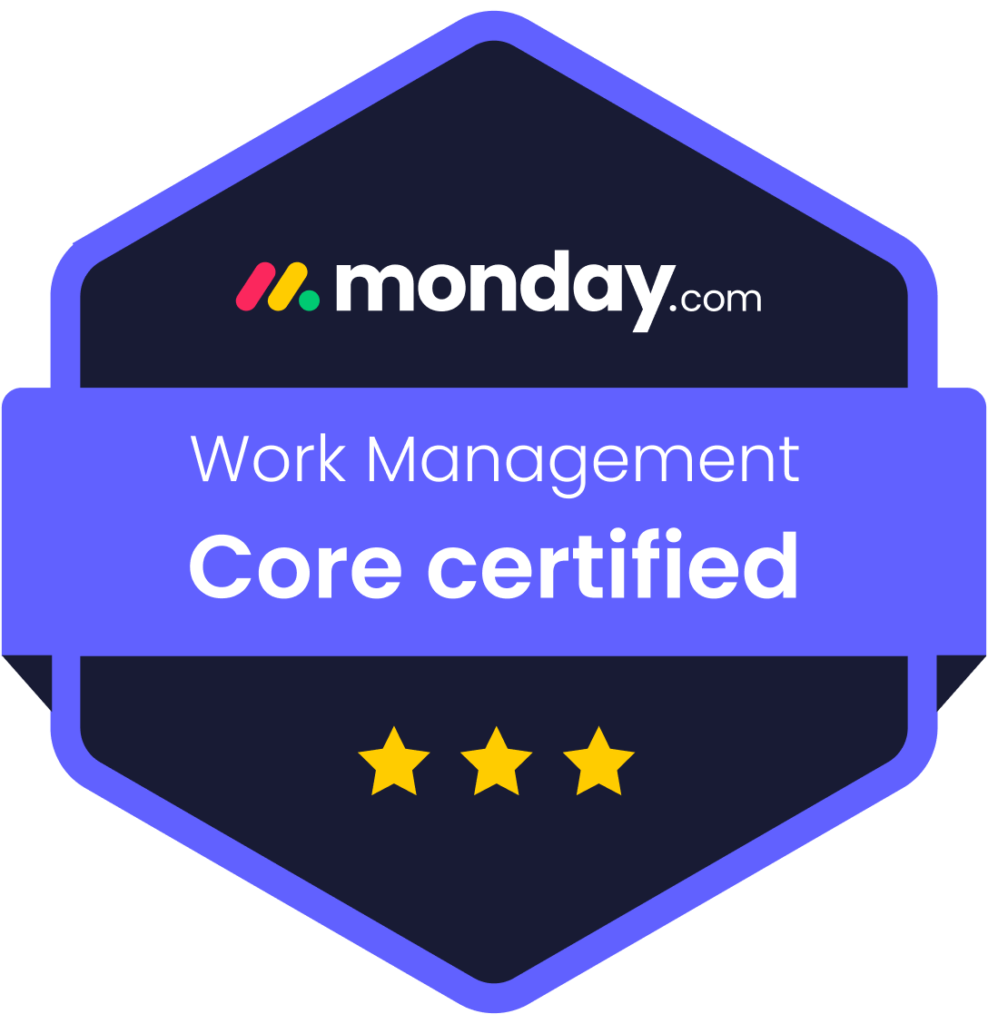In today’s digital-first world, having an online store isn’t just a competitive advantage—it’s a necessity. But not just any website will do. A high-converting eCommerce store requires thoughtful strategy, seamless user experience, mobile optimization, and data-driven design. This is where eCommerce web development plays a vital role.
Whether you’re launching a new store or revamping an existing one, understanding the building blocks of effective eCommerce web development can help you attract visitors, convert them into customers, and keep them coming back.
Why eCommerce Web Development Matters
Your website is your digital storefront. It’s often the first impression customers have of your brand, and it plays a critical role in guiding them through the buyer’s journey—from browsing to checkout.
Effective eCommerce web development isn’t just about aesthetics. It’s about building a robust, scalable, and conversion-focused platform that aligns with your business goals. Done right, it can drive sales, reduce cart abandonment, and boost your SEO rankings.
Choosing the Right eCommerce Platform
Before diving into the technical side of eCommerce web development, choosing the right platform sets the foundation for your online success.
Some of the most widely used platforms are Shopify, which is known for its ease of use and vast app ecosystem; BigCommerce, which offers extensive built-in features and strong SEO capabilities; WooCommerce, a WordPress plugin that provides flexibility and customization; and Magento (now Adobe Commerce), which is ideal for enterprises needing complex functionality. Each option comes with its own strengths and limitations, so your choice should reflect your business size, budget, technical comfort level, and growth ambitions.
Essential Features for a High-Converting Store
High-performing eCommerce websites are designed with the customer in mind. Certain features are vital for maximizing conversions.
Mobile optimization is non-negotiable, as over 60% of web traffic comes from smartphones and tablets. Without a mobile-friendly experience, potential buyers will abandon the site. Responsive design, fast loading times, and easy navigation are key aspects of mobile readiness.
Navigation must be intuitive. Clear categories and a logical site structure help users quickly find what they’re looking for. Every click should bring a visitor closer to checkout.
Fast loading speed enhances both user experience and search engine ranking. Compressing images, leveraging browser caching, and minimizing backend code can significantly reduce load times.
A seamless and secure checkout process is essential. Customers should feel confident their information is protected. Offering various payment options and reducing unnecessary steps helps boost trust and completion rates.
Your product pages must be visually appealing and informative. Use multiple high-resolution images and concise, benefit-driven descriptions. Highlighting customer reviews, displaying clear pricing, and having a bold, visible call-to-action can significantly improve conversion rates.
An SEO-optimized site structure allows your store to appear more frequently in search engine results. Clean URLs, meta tags, internal linking strategies, and schema markup help make your site more discoverable.
The Development Process Explained
eCommerce web development involves several key phases, starting with discovery and planning. This stage includes setting goals, identifying your target audience, and auditing competitors. A sitemap and wireframes help define your website’s architecture.
The design and UX/UI phase follows. This is where visual aesthetics meet functionality. Designers focus on delivering a consistent brand image while ensuring users can easily navigate and interact with the site.
Development and integration come next. Front-end and back-end developers work to bring the site to life, integrating payment gateways, CRM tools, inventory systems, and marketing platforms. Performance and scalability are essential during this stage.
Before launch, thorough testing is conducted to catch and fix any bugs. The site must function perfectly across all devices and browsers.
Even after launch, your work isn’t done. Regular maintenance and optimization are essential. A/B testing different layouts or elements can continuously improve your site’s performance and conversion rates.
Custom Development vs. Template-Based Stores
There are two primary approaches to eCommerce web development: custom-built stores and template-based platforms.
Custom development allows you to create a truly unique website tailored to your specific brand and customer needs. It offers greater scalability, flexibility, and the ability to integrate specialized features. However, it requires more time and a larger budget.
Template-based solutions are ideal for businesses looking to launch quickly and affordably. These platforms come with pre-designed themes and plug-ins, which make them easy to set up. While more limited in customization, they’re perfect for small to medium-sized businesses that don’t require extensive features.
Importance of SEO in eCommerce Web Development
SEO is not something to tack on after development—it should be integrated from the start. Developers should ensure clean and descriptive URLs, fast mobile performance, and proper use of structured data. Meta titles and descriptions must be optimized for both search engines and user intent. Canonical tags can prevent duplicate content issues, while internal linking helps with site crawlability and user navigation.
An SEO-optimized store not only brings in more organic traffic but also attracts users who are more likely to convert. It offers long-term value without ongoing ad costs, making it one of the most cost-effective marketing strategies available.
The Role of Analytics and Conversion Tracking
An essential part of eCommerce web development is setting up tools to track performance. Google Analytics, Hotjar, and Facebook Pixel provide insights into how users interact with your website.
Key metrics to monitor include bounce rate, session duration, cart abandonment, conversion rate, and customer lifetime value. These indicators help you understand what’s working and what needs improvement. Over time, they guide your marketing and UX decisions to better meet customer expectations and maximize revenue.
Partnering with the Right Web Development Agency
A trusted agency can elevate your store from basic to exceptional. Skyfield Digital offers tailored eCommerce web development services that combine cutting-edge design with conversion-focused functionality. Our team focuses on building fast, SEO-optimized, and mobile-ready stores designed for modern consumers.
Whether you need a full website build, a platform migration, or performance optimization, we bring your brand to life online with strategic precision. Every store we create is built to help you achieve measurable growth and sustainable success.
Final Thoughts
Effective eCommerce web development goes far beyond attractive design. It’s about creating a seamless, user-friendly, and performance-driven digital storefront that turns casual visitors into loyal customers. With the right strategy, tools, and team, your eCommerce store can be a powerful revenue engine.
Ready to build a high-converting store? Skyfield Digital has the expertise and tools to help you grow. Contact us today to learn how we can bring your eCommerce vision to life.













